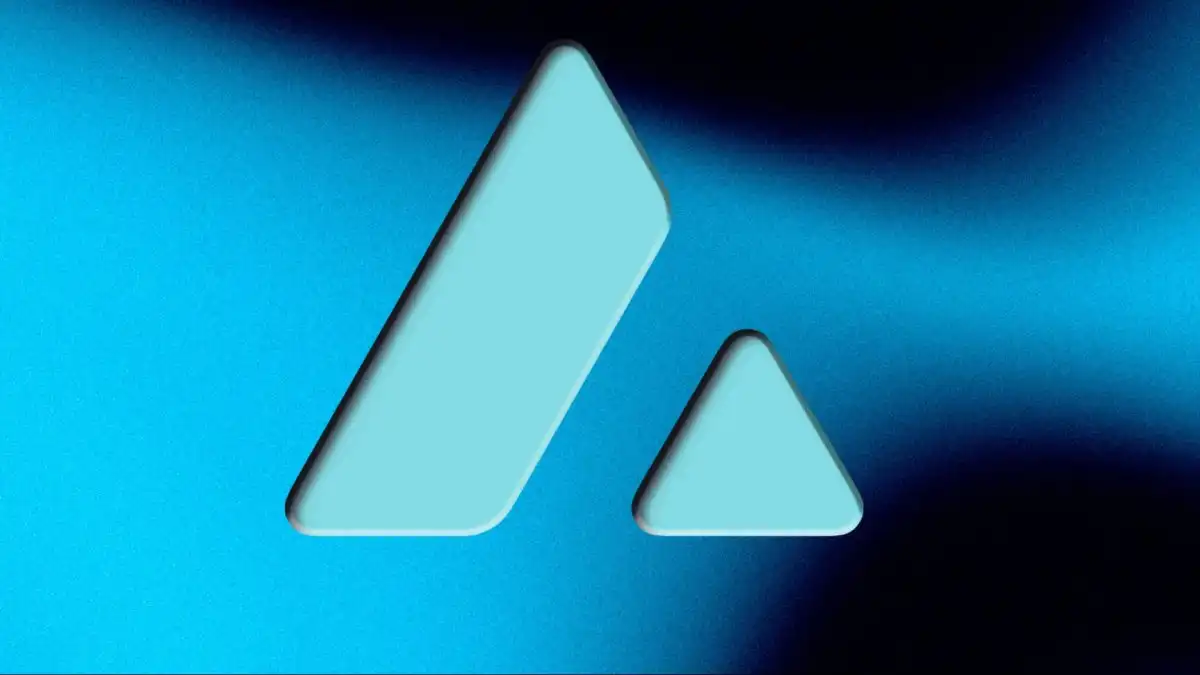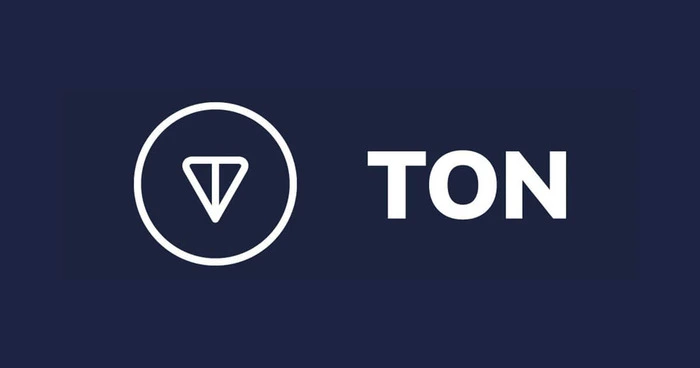- Chainlink’s Payment Abstraction is now live, enabling seamless conversion of various crypto assets into LINK for frictionless payments.
- This innovation enhances oracle network sustainability by automating fee conversions and supporting staking rewards.
Chainlink has officially launched Payment Abstraction, a groundbreaking cross-chain payment system that simplifies how users pay for Chainlink services. This innovation allows users to pay fees in various cryptocurrencies, such as gas tokens and stablecoins, which are then seamlessly converted into LINK, Chainlink’s native token. By integrating Chainlink Automation, Price Feeds, Cross-Chain Interoperability Protocol (CCIP), and decentralized exchanges (DEX), Payment Abstraction removes friction in blockchain payments.
Also read: Top Analyst Warns Dogecoin Investors: A Potential Reversal in Sight?
Revolutionizing Oracle Payments with Chainlink SVR Fees
The first application of Payment Abstraction focuses on Chainlink Smart Value Recapture (SVR) fees. SVR enables DeFi applications to reclaim Maximal Extractable Value (MEV) from their use of Chainlink Data Feeds. The revenue from this process is split between DeFi applications and the Chainlink Network.
Recently, Aave integrated Chainlink SVR into its V3 protocol on Ethereum Mainnet, securing a six-month fee-sharing agreement:
- 65% of SVR fees go to the Aave community.
- 35% of SVR fees go to the Chainlink ecosystem.
Initially, these Chainlink SVR fees will support existing node operators by covering their oracle rewards. Over time, the network plans to transition these fees toward rewarding LINK stakers, including node operators and community stakers, once staking is integrated with SVR services.
How Payment Abstraction Works
Payment Abstraction enables a four-step conversion process to streamline payments:
- Multi-Token Payments: Users pay Chainlink service fees in approved assets, such as ETH and stablecoins.
- Cross-Chain Fee Consolidation: CCIP transfers payments from various blockchain networks to Ethereum, acting as the primary payment chain.
- Automated Token Conversion: Chainlink Automation and Uniswap V3 convert the collected fees into LINK, ensuring efficient swaps with accurate pricing from Chainlink Price Feeds.
- LINK Distribution: The converted LINK is deposited into a smart contract, where service providers, including node operators and stakers, can withdraw their allocated rewards.
Enhancing Oracle Network Sustainability
The implementation of Payment Abstraction marks a significant step toward sustainable oracle economics. By consolidating node operator rewards across 40+ blockchains onto Ethereum, Chainlink reduces operational complexity while reinforcing LINK’s role as the universal payment and staking token.
With plans to expand Payment Abstraction and increase LINK staking incentives, Chainlink is reinforcing its commitment to a secure, efficient, and scalable oracle infrastructure—a vital component for the future of decentralized finance.




